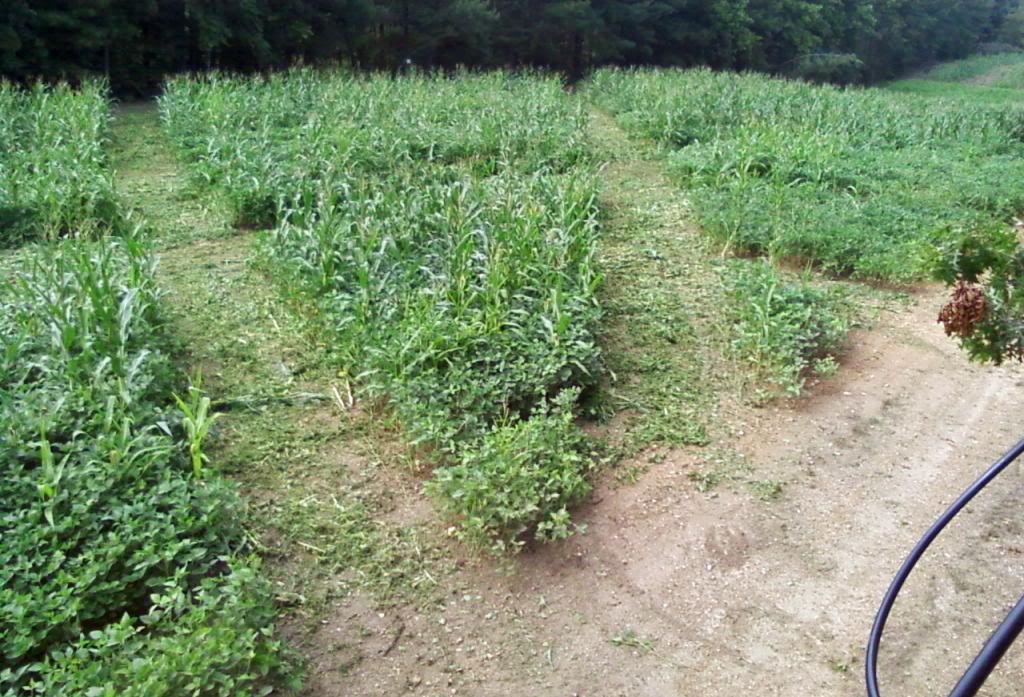HuronMtn
Member
One more thing I forgot to mention in my prior Reply post. On my land, irregular shaped plots seem to get more use in daylight than large open plots. The large open plots are good for efficiently creating the most quantity of food per area, but the the irregular plots with shorter-sight distances and a more intimate feel seem to be what gets the deer out more in daylight and are the plots that bucks tend to show in first.
Consider a layout where you have a large plot as a food-anchor/destination and then place small irregular kill-plots around the large plot. My best plots are long narrow irregular shaped plots with a pinch point in the middle of the plot where I leave a small diameter island of trees and shrubs in the pinch point. Those little islands are only 10-20 feet across and typically host 2 or 3 scrapes each.
Consider a layout where you have a large plot as a food-anchor/destination and then place small irregular kill-plots around the large plot. My best plots are long narrow irregular shaped plots with a pinch point in the middle of the plot where I leave a small diameter island of trees and shrubs in the pinch point. Those little islands are only 10-20 feet across and typically host 2 or 3 scrapes each.




